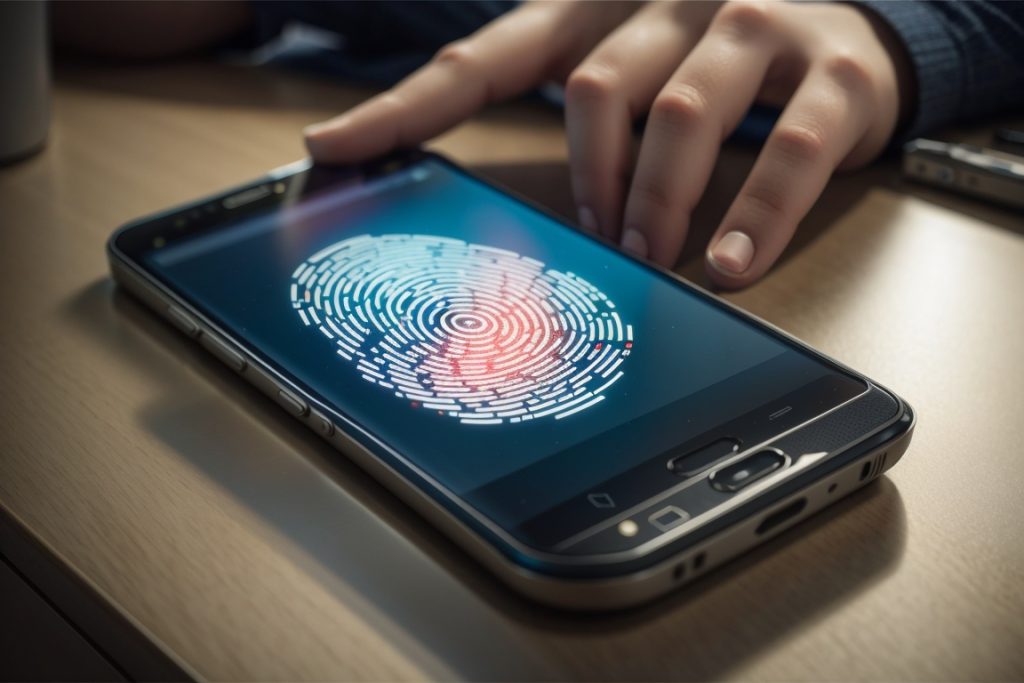Device Fingerprinting: Unveiling the Unique Identity of Devices in the Digital World

In an increasingly interconnected and digital world, every device we use leaves a distinctive mark. This mark, known as a “device fingerprint,” is a unique and intricate set of characteristics that helps identify and distinguish individual devices in the vast sea of the internet. Device fingerprinting is a powerful technology with numerous applications, from enhancing security to enabling personalized user experiences. This article explores the concept of device fingerprinting, how it works, and its significance in our modern digital landscape.
Understanding Device Fingerprinting
Device fingerprinting is the process of collecting and analyzing a range of data points from a device to create a unique identifier or “fingerprint.” This fingerprint can then be used to recognize and track that specific device as it interacts with websites, apps, or online services. Device fingerprints typically encompass various attributes, including:
- Hardware Characteristics: This includes information about the device’s make and model, operating system, CPU, GPU, and even the presence of specific sensors.
- Software Configuration: Details about the device’s browser, plugins, fonts, and installed applications provide insights into its software environment.
- Network Information: Device fingerprints may include the device’s IP address, MAC address, and network-related settings, offering clues about its location and connectivity.
- Behavioral Patterns: The way a device interacts with websites, such as screen size, mouse movements, and keystrokes, can be analyzed to form part of the fingerprint.
- User-Agent Data: The user-agent string sent by a device to web servers contains information about the browser and operating system, which can contribute to the fingerprint.
How Device Fingerprinting Works
Creating a device fingerprint involves collecting and processing these data points to generate a unique identifier for the device. Advanced algorithms and machine learning techniques are often employed to account for the complexity and variability of device characteristics. While individual data points might not be unique, the combination of several factors makes the resulting fingerprint highly distinctive.
Applications of Device Fingerprinting
Device fingerprinting has numerous practical applications:
- Security: Device fingerprinting is a valuable tool in fraud prevention and cybersecurity. It helps identify and block malicious devices or suspicious activities, enhancing security for online transactions and services.
- User Authentication: Device fingerprinting can be used for multifactor authentication, allowing users to access their accounts securely based on their device’s unique fingerprint.
- Personalization: Websites and apps use device fingerprints to tailor user experiences. For example, adjusting content or layout based on screen size or device capabilities.
- Ad Targeting: Marketers use device fingerprints to deliver targeted advertisements to users based on their device and browsing behavior.
- Content Protection: Streaming services and content providers employ device fingerprinting to prevent unauthorized sharing of content by tracking devices used for playback.
- Data Analytics: Device fingerprints aid in collecting data on user behavior and preferences, which businesses can use to make data-driven decisions.
Challenges and Ethical Considerations
While device fingerprinting offers many benefits, it raises concerns about privacy and data protection. Users may be unaware that their devices are being fingerprinted, and the information collected can potentially be misused or lead to tracking without consent. Striking a balance between the advantages of device fingerprinting and individual privacy remains a critical challenge for technology and regulatory bodies.
Device fingerprinting is a crucial technology that empowers digital platforms to provide enhanced security, personalization, and user experiences. As our reliance on digital devices continues to grow, so too will the importance of recognizing and managing the unique fingerprints they leave behind. Balancing the benefits of device fingerprinting with privacy considerations is an ongoing discussion in the digital age, but it is clear that device fingerprinting is here to stay as a cornerstone of modern digital interaction.